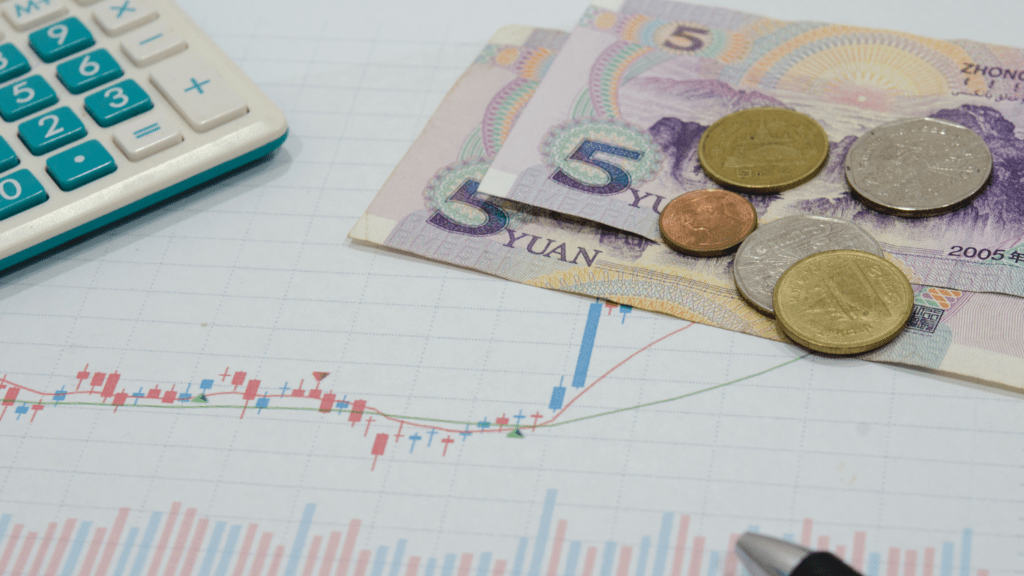Understanding Dividend Stocks
Dividend stocks are shares of companies that distribute a portion of their earnings to shareholders. Typically, these payments occur quarterly and serve as an income stream for investors amid market fluctuations. Major sectors such as:
- utilities
- consumer staples
- telecommunications
have consistently favored dividend payments, offering insight into the stability such stocks provide.
When evaluating dividend stocks, I look for two primary indicators: the dividend yield and the payout ratio. The yield reveals the return an investor can expect relative to the stock price, while the payout ratio indicates the percentage of earnings distributed as dividends, highlighting sustainability. Companies with a dividend yield between 3% and 6% and a payout ratio under 60% often strike a balance between attracting income-focused investors and retaining capital for future growth.
Blue-chip companies like Johnson & Johnson and Procter & Gamble exemplify reliability in dividend payments, showcasing robust financial health and consistent earnings. During uncertain economic periods, dividend stocks offer a measure of predictability and financial assurance. I consider researching a company’s history of dividend payments crucial for understanding potential future income and ensuring a stable investment strategy.
Benefits of Investing in Dividend Stocks
Investing in dividend stocks offers several advantages that appeal to both conservative and growth-focused investors, especially during volatile market conditions.
Regular Income Stream
- Dividend stocks provide a consistent income stream.
- Companies that pay dividends regularly distribute a portion of their profits to shareholders, usually on a quarterly basis.
- This means I can expect predictable cash flows, which can be especially beneficial during economic downturns.
- Sectors like utilities and consumer staples remain stable and continue to pay dividends even when the market is volatile.
Potential for Long-term Growth
Beyond dividends, these stocks often have the potential for long-term capital appreciation. Many dividend-paying companies reinvest a portion of their earnings to fuel growth. This balance of income and growth potential can enhance my portfolio’s value over time. An example is holding shares in established companies like Johnson & Johnson, which continue to expand while rewarding shareholders with dividends.
Hedge Against Market Volatility
Dividend stocks serve as a hedge against market volatility. Even when stock prices fluctuate, earning dividends provides a cushion against losses. This income reduces dependence on stock appreciation for returns. Moreover, maintaining a diversified portfolio with dividend stocks from various sectors can stabilize my investments during financial uncertainty.
How to Evaluate Dividend Stocks

When evaluating dividend stocks, focusing on several key factors can ensure a stable and profitable investment. I look at the dividend yield, payout ratio, and the company’s financial health among other factors. Here’s how I approach each aspect:
Dividend Yield and Payout Ratio
I assess the dividend yield to understand the expected return relative to the stock price. A yield between 3% and 6% indicates a good balance between immediate income and growth potential. The payout ratio is equally important to me, as it shows the proportion of earnings paid out as dividends. I prefer a payout ratio under 60%, which suggests the company retains enough earnings for reinvestment and growth.
Company’s Financial Health
The company’s financial health is critical. I examine balance sheets and income statements to ensure sustainable dividends. Consistent revenue and profit growth indicate that the company can maintain or increase dividend payments. Low levels of debt signal financial strength, reducing the risk of dividend cuts during economic downturns.
Industry and Sector Analysis
I analyze the industry and sector in which the company operates. Sectors like utilities and consumer staples often provide consistent dividends due to their stable demand. Understanding sector-specific risks and trends helps me choose stocks that align with my risk tolerance and income needs, enhancing my portfolio’s resilience.
Top Dividend Stocks in 2023
In 2023, dividend stocks continue to provide reliable income despite economic uncertainties. I’ve identified top-tier options offering robust yields and consistent growth potential for investors seeking financial stability.
High-Yield Dividend Stocks
High-yield dividend stocks offer substantial income returns. In the energy sector, Chevron and ExxonMobil stand out, providing yields above 5%, reflecting strong cash flow and prudent management. Real estate investment trusts (REITs) like Realty Income and Annaly Capital Management deliver attractive yields due to their structured payouts spanning various property sectors. These stocks represent valuable allocations for those prioritizing immediate income over capital appreciation.
Dividend Growth Stocks
Dividend growth stocks focus on long-term income expansion. Companies like Apple and Microsoft exemplify this category, consistently increasing their dividend payouts due to significant earnings growth. In the industrial sector, 3M and Caterpillar showcase steady dividend hikes supported by innovative product developments and market leadership. These stocks cater to investors aiming to blend income stability with potential capital growth over time.
Risks Associated with Dividend Stocks
Dividend stocks offer stability and income, but they carry inherent risks. Understanding potential pitfalls helps investors mitigate losses.
Dividend Cuts or Suspensions
Dividend cuts or suspensions occur when companies reduce or stop payouts, often during financial struggles. Economic downturns or unexpected expenses can strain cash flows and impact dividend distributions. For instance, during the 2020 pandemic, many firms suspended dividends to conserve resources, affecting investors relying on that income. Prior financial analysis and monitoring a company’s cash reserves can provide early warnings of potential cuts.
Interest Rate Fluctuations
Interest rate fluctuations influence dividend stocks’ attractiveness and value. Rising rates can lead to higher bond yields, prompting investors to switch to bonds from dividend stocks seeking better returns with lower risk. Consequently, stock prices may drop, decreasing the capital value of investments. Companies may face increased borrowing costs when rates rise, affecting their ability to continue consistent dividend payments. Monitoring interest rate trends provides insight into potential impacts on dividend stock portfolios.



